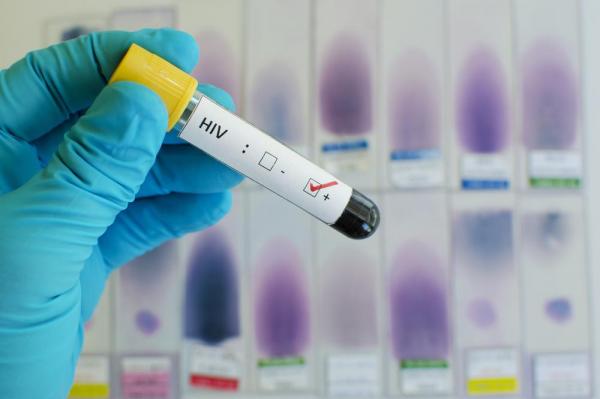
ATLANTA, Feb. 24 (UPI) — Half of black and a quarter of Hispanic gay and bisexual men will likely be diagnosed with HIV during their lifetime, according to a new study.
The Centers for Disease Control and Prevention estimates the number of people diagnosed with HIV in the United States is declining, but found in a study on lifetime risk of contracting the disease that risk is higher for some groups of people.
Men who have sex with other men have a higher risk of being diagnosed with HIV, with black men and people living in the South at greater risk than others. The CDC said in 2015 that 1 in 4 gay men could benefit from using pre-exposure prophylaxis, or PrEP, drugs to protect them from HIV based on their higher risk of exposure.
“These estimates are a sobering reminder that gay and bisexual men face an unacceptably high risk for HIV — and of the urgent need for action,” Dr. Eugene McCray, director of CDC’s Division of HIV and AIDS Prevention, said in a press release.
“If we work to ensure that every American has access to the prevention tools we know work, we can avoid the outcomes projected in this study.”
The study, presented at the 2016 Conference on Retroviruses and Opportunistic Infections, found the overall likelihood for an American to be diagnosed with HIV is 1 in 99, an improvement on the 1 in 78 lifetime risk the CDC found in a study in 2005.
Based on current rates of infection, the agency found 1 in 6 men who have sex with other men will be diagnosed with HIV at some point during their lifetime, which represents a 79 times greater chance of diagnosis than heterosexual men.
The risk varies by race and ethnicity, researchers found, as gay and bisexual black men have a 1 in 2 risk of diagnosis, while Hispanic men have a 1 in 4 risk and white men have a 1 in 11 risk.
Overall, black men are 7 times more likely than white men to be diagnosed with HIV, despite other studies showing black people do not engage in more risky sexual behavior compared to other racial or ethnic groups.
The racial difference in risk extends to women as well, with 1 in 48 black women likely to be diagnosed with HIV in their lifetime, compared to 1 in 227 Hispanic women and 1 in 880 white women.
Living in the South also increases the risk for an HIV diagnosis, with people living in Maryland, Georgia, Florida and Louisiana having the greatest risk.
CDC officials note that funding and programs have increased since 2010 in the South and in communities where need exists, but that not enough has been done to help decrease the chances for diagnosis of or death because of HIV.
“As alarming as these lifetime risk estimates are, they are not a foregone conclusion. They are a call to action,” said Dr. Jonathan Mermin, director of CDC’s National Center for HIV/AIDS, Viral Hepatitis, STD, and Tuberculosis Prevention.
“The prevention and care strategies we have at our disposal today provide a promising outlook for future reductions of HIV infections and disparities in the U.S., but hundreds of thousands of people will be diagnosed in their lifetime if we don’t scale up efforts now.”





